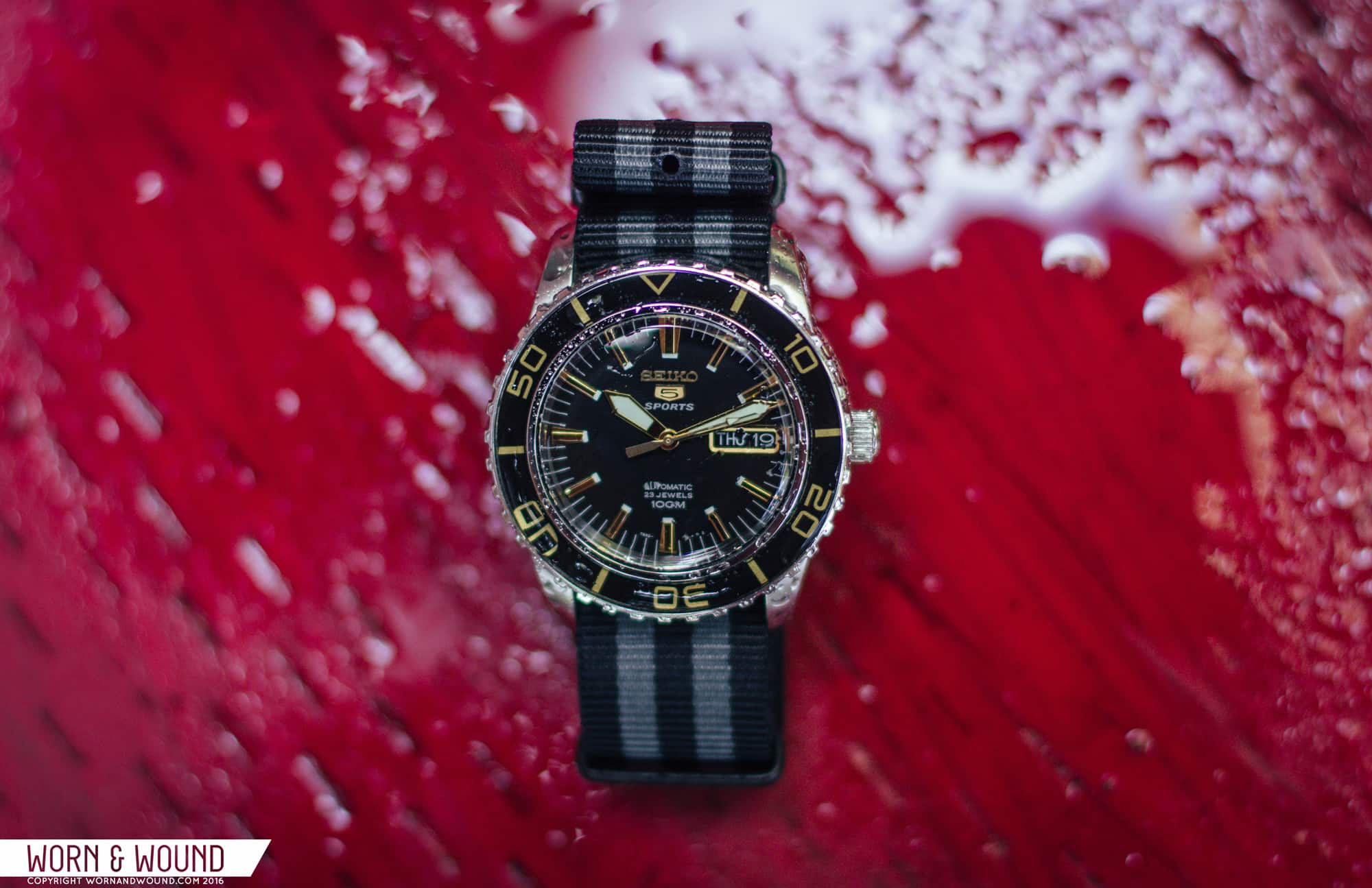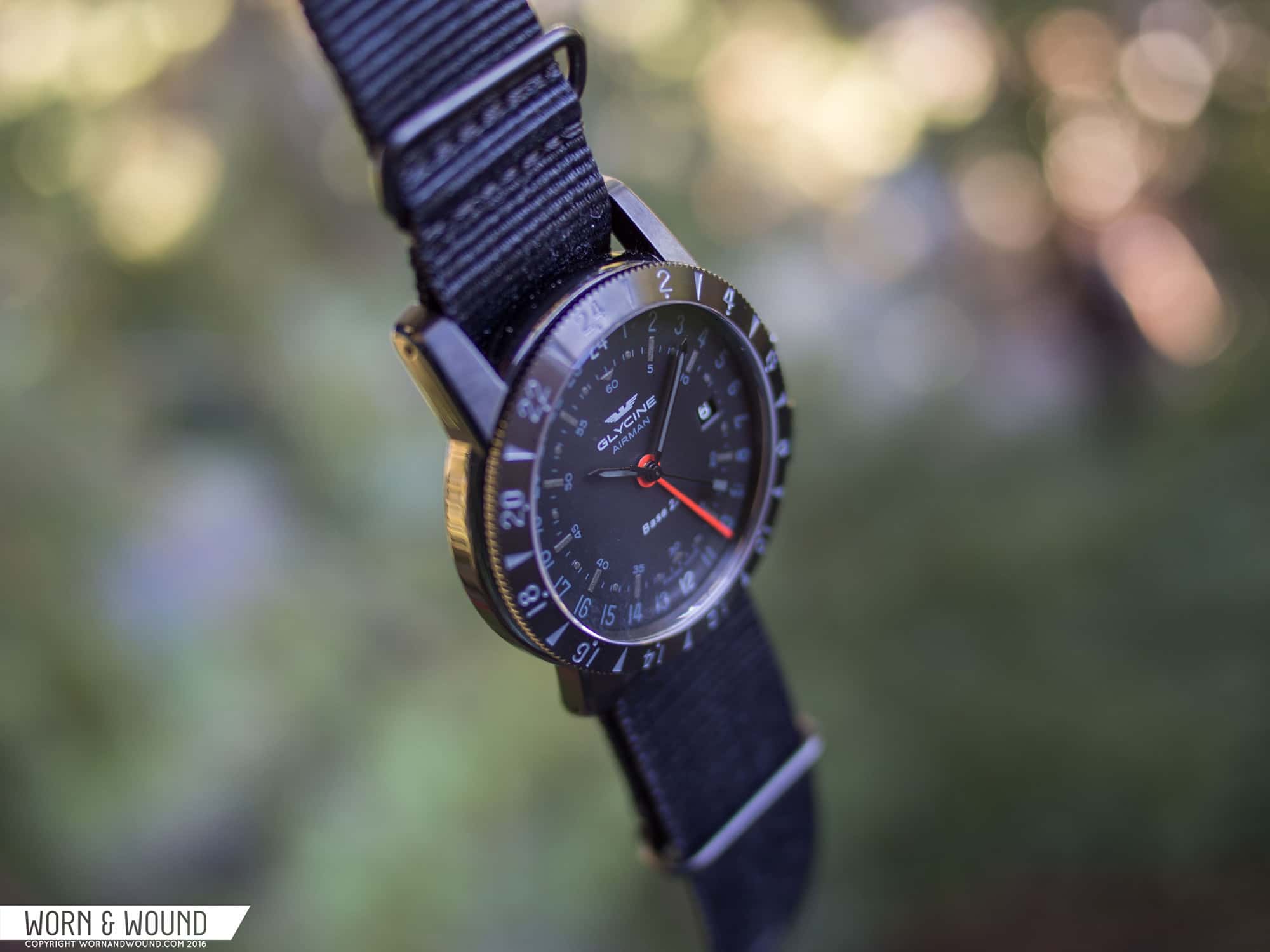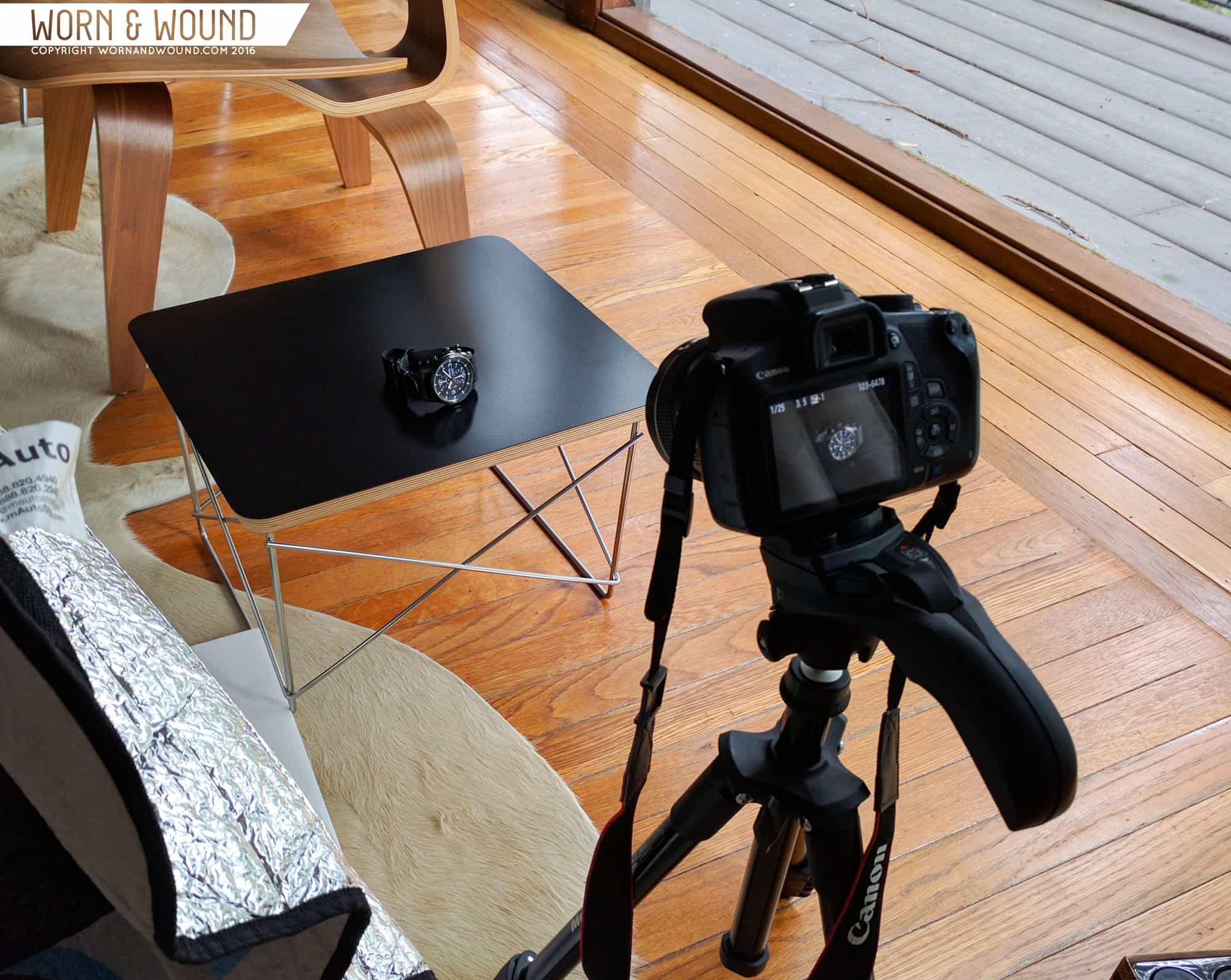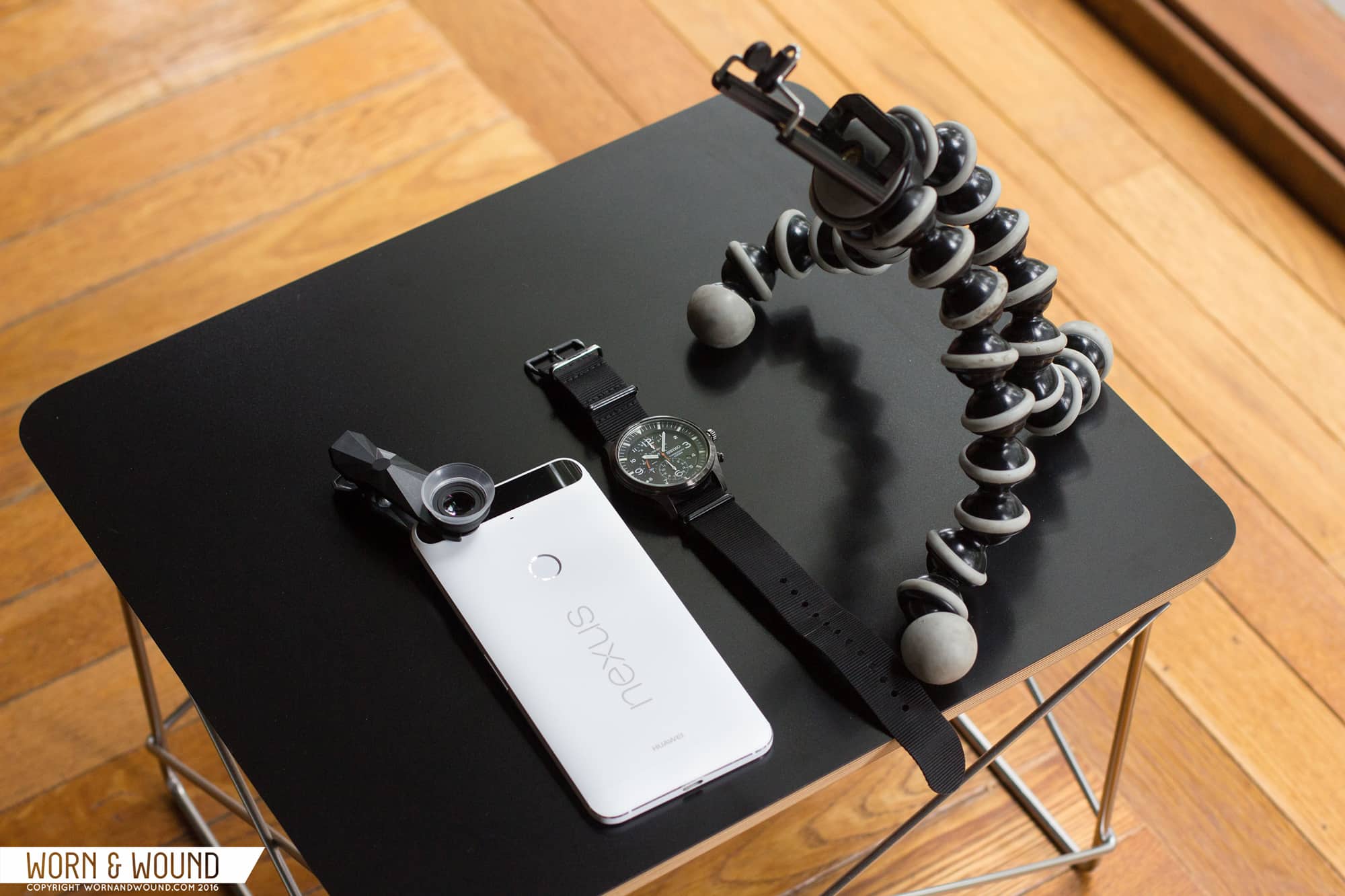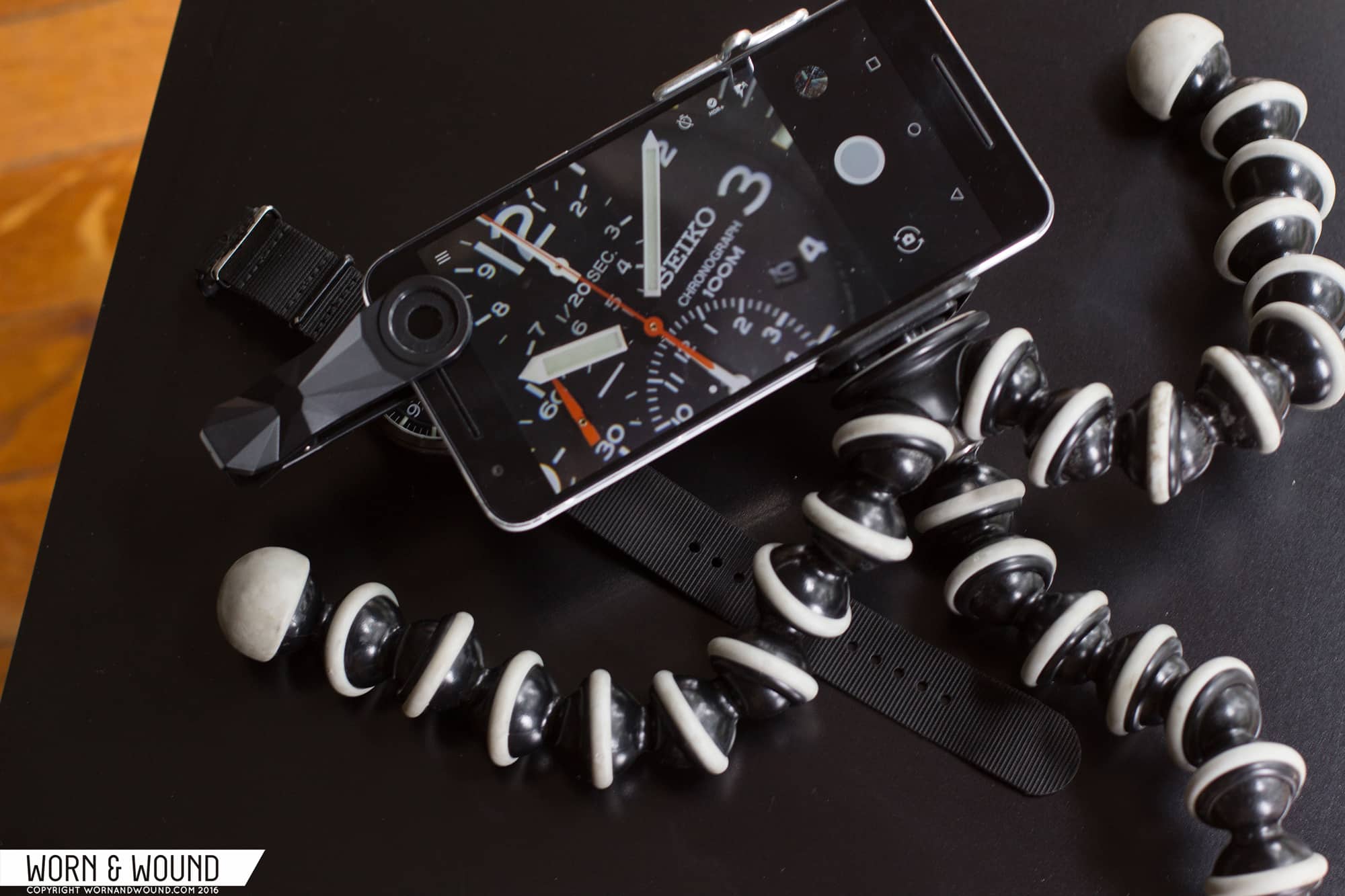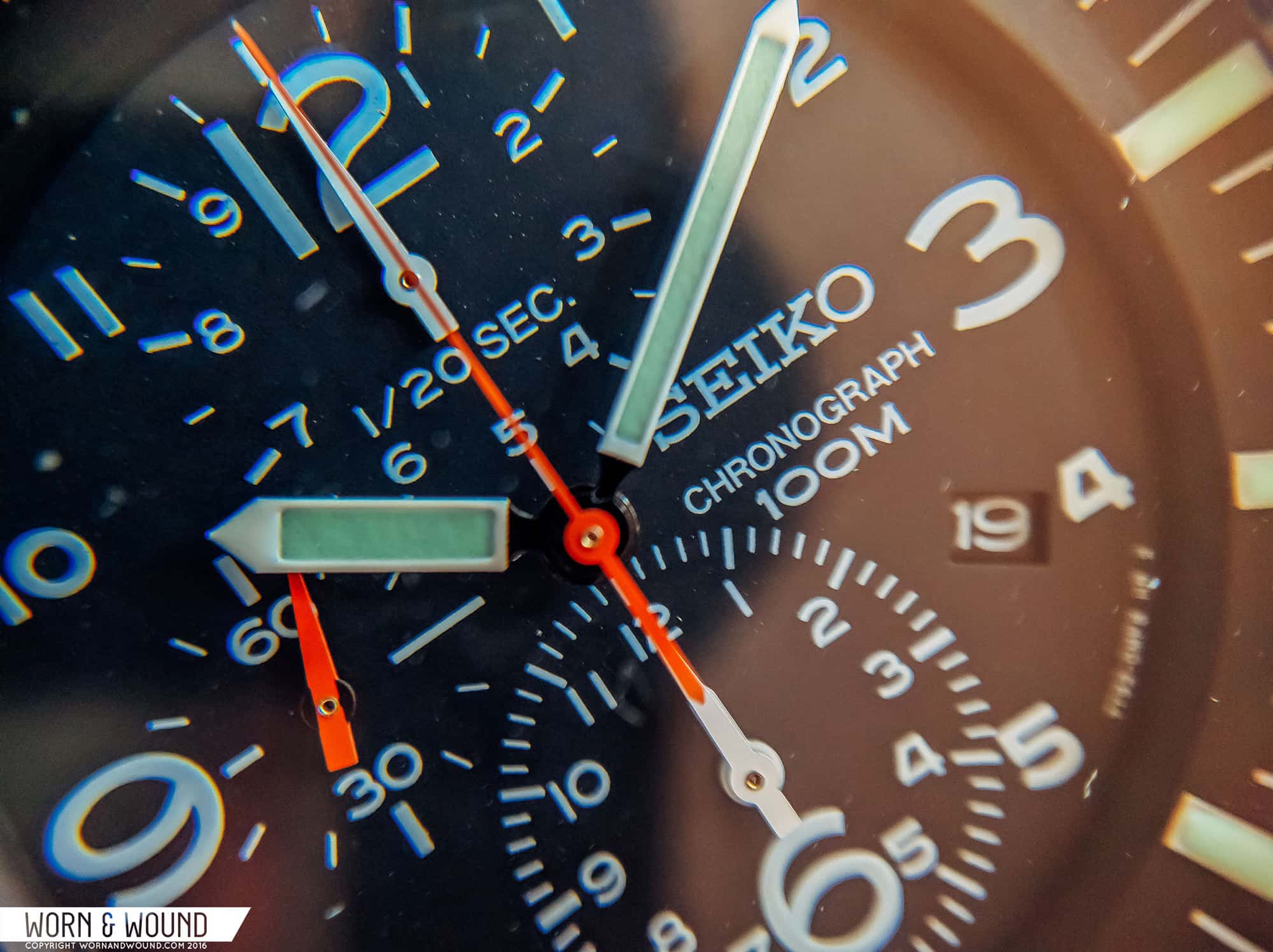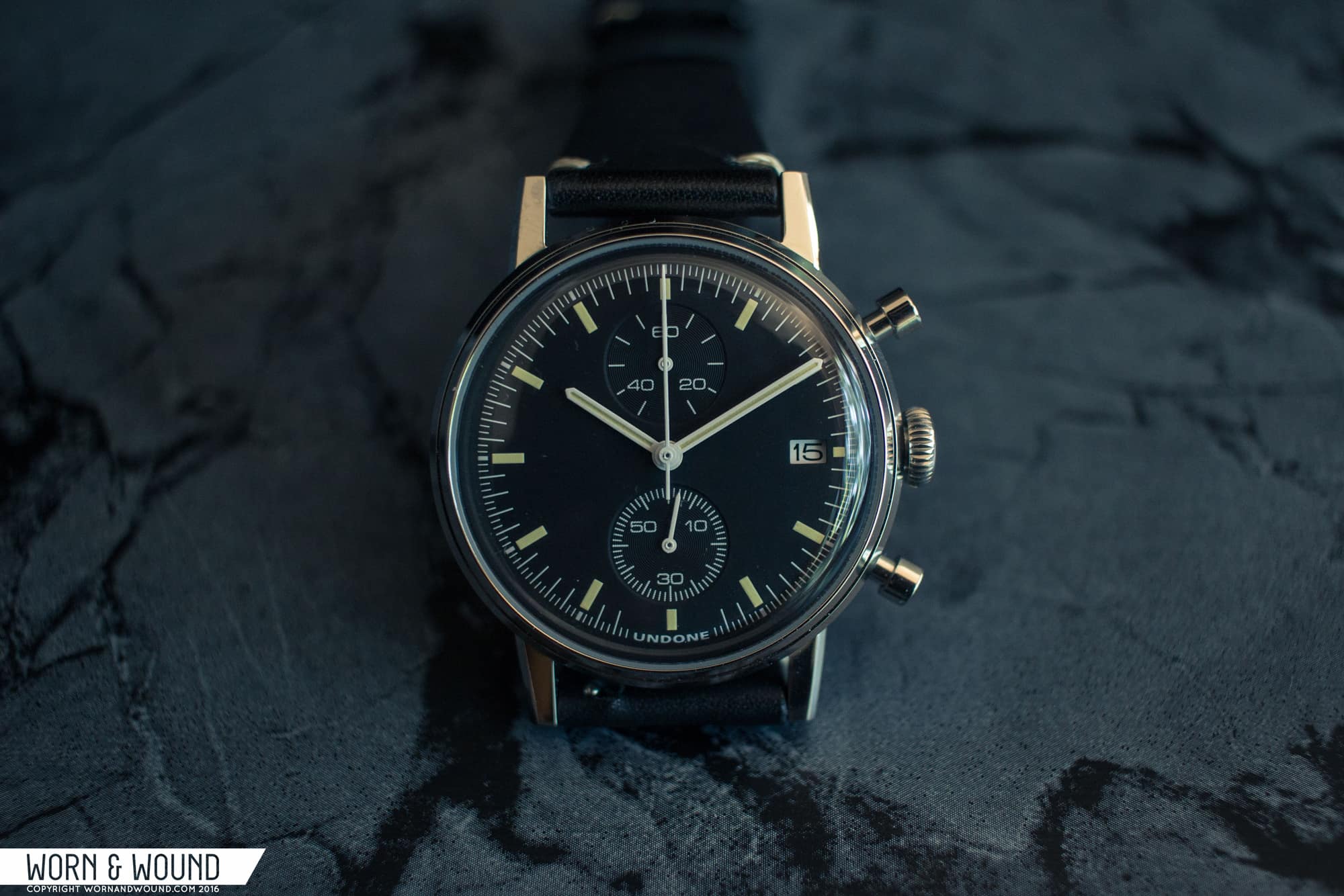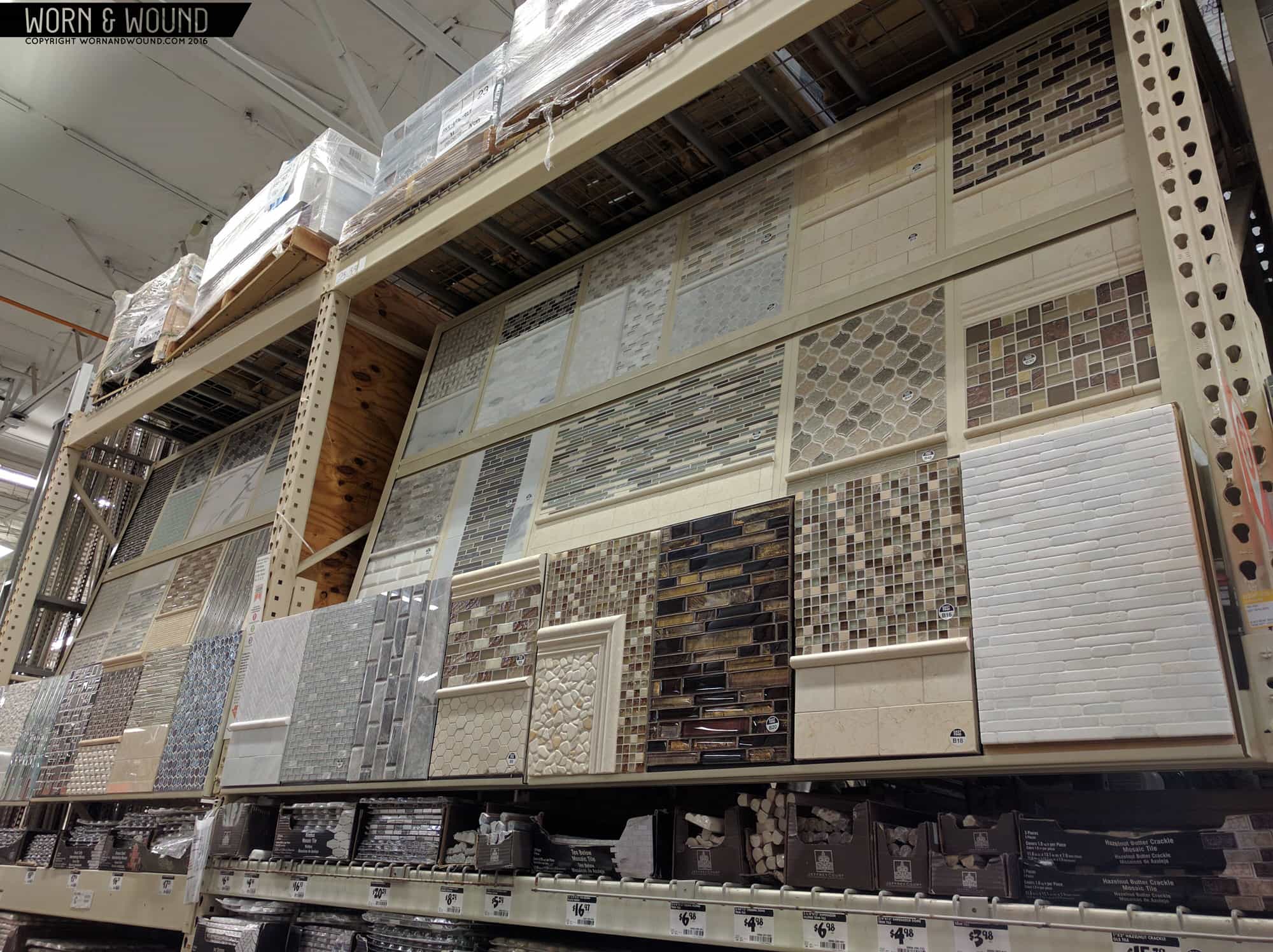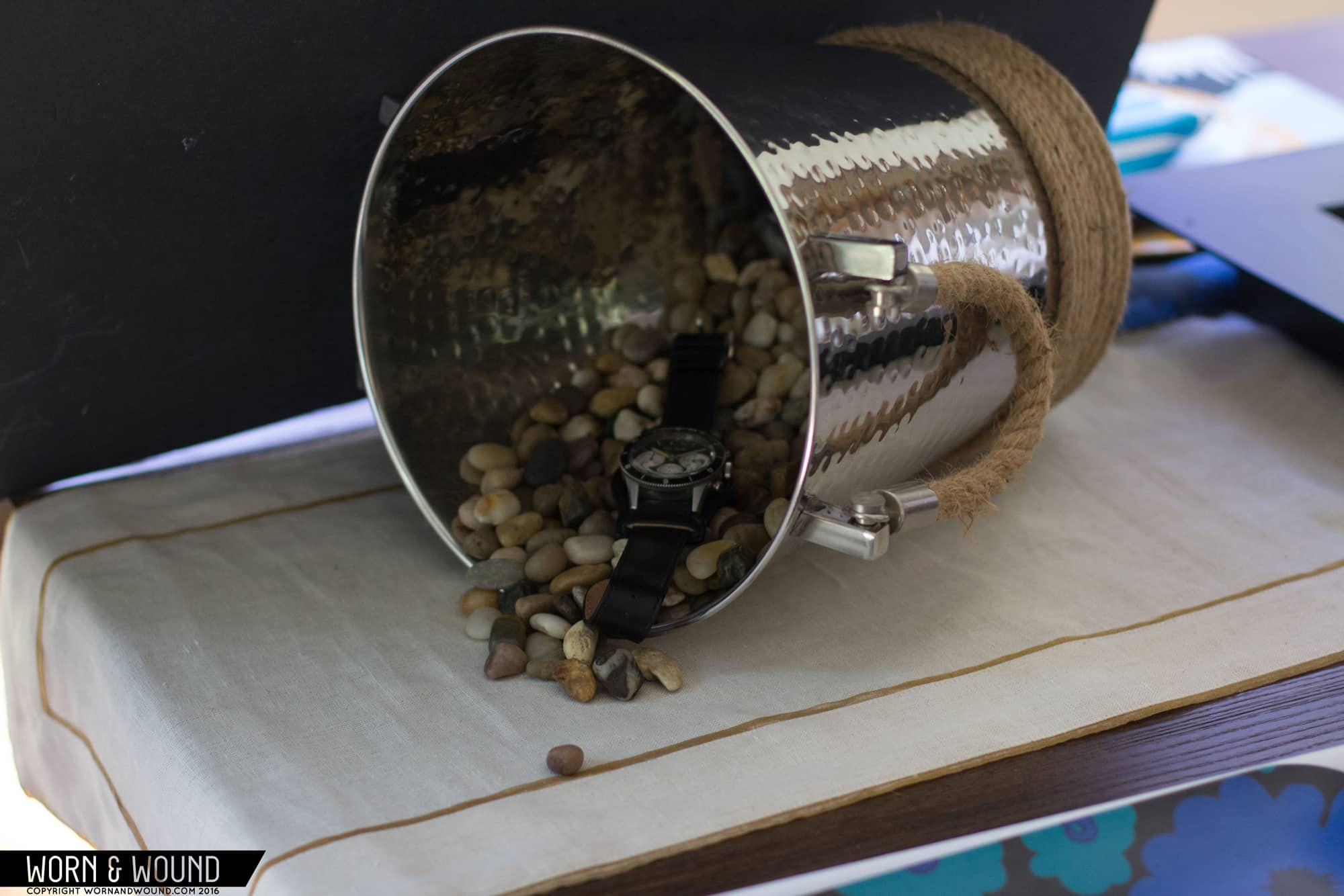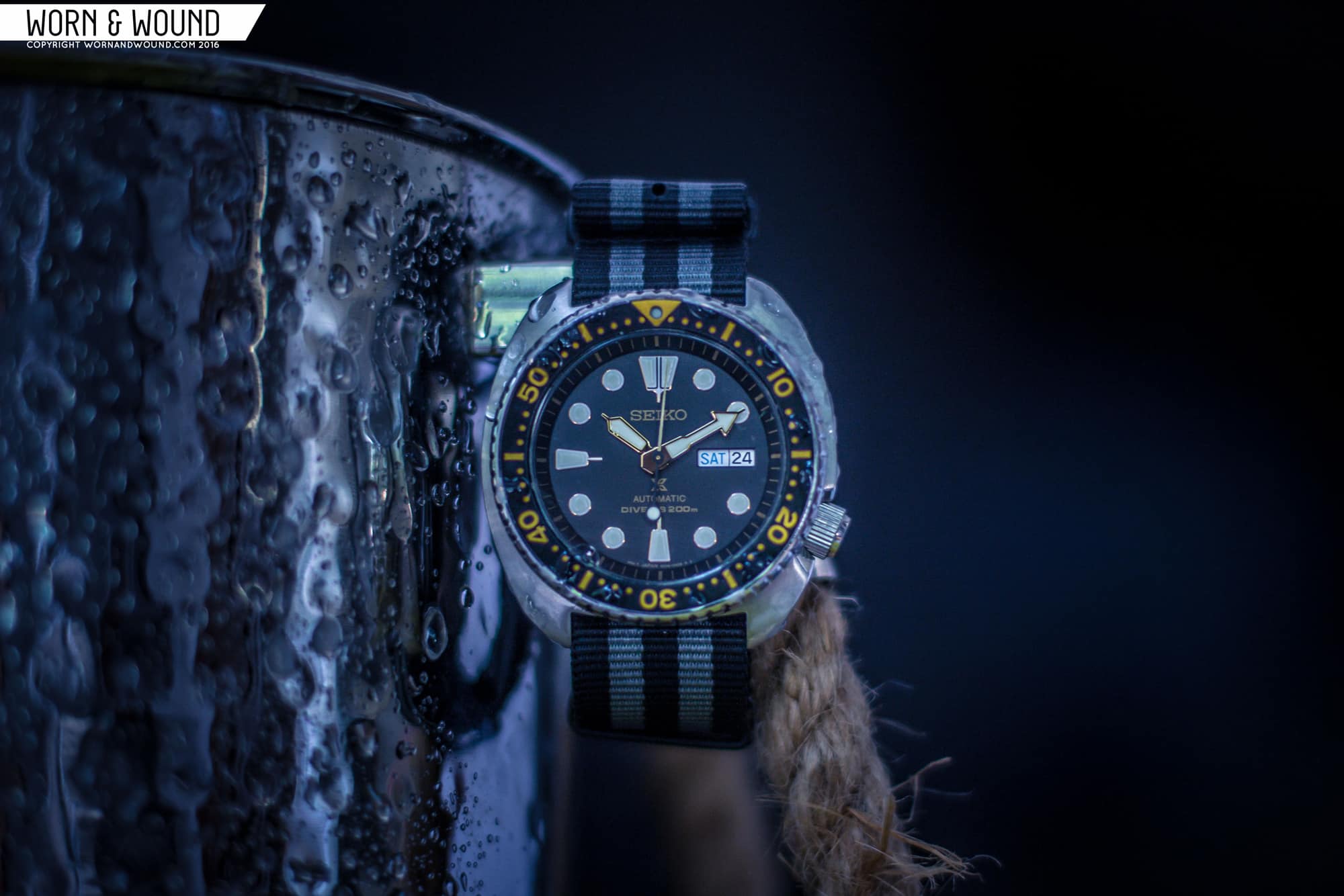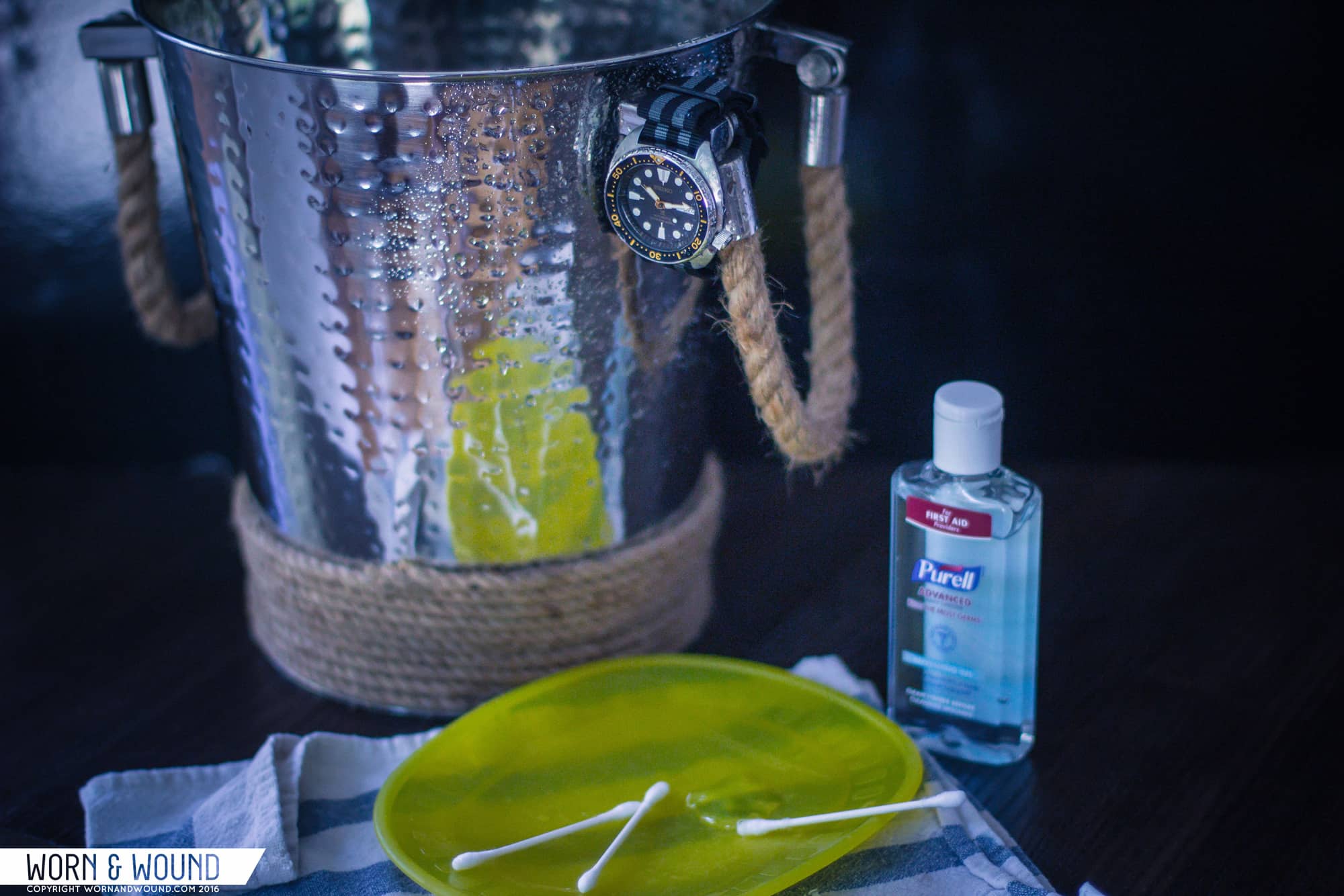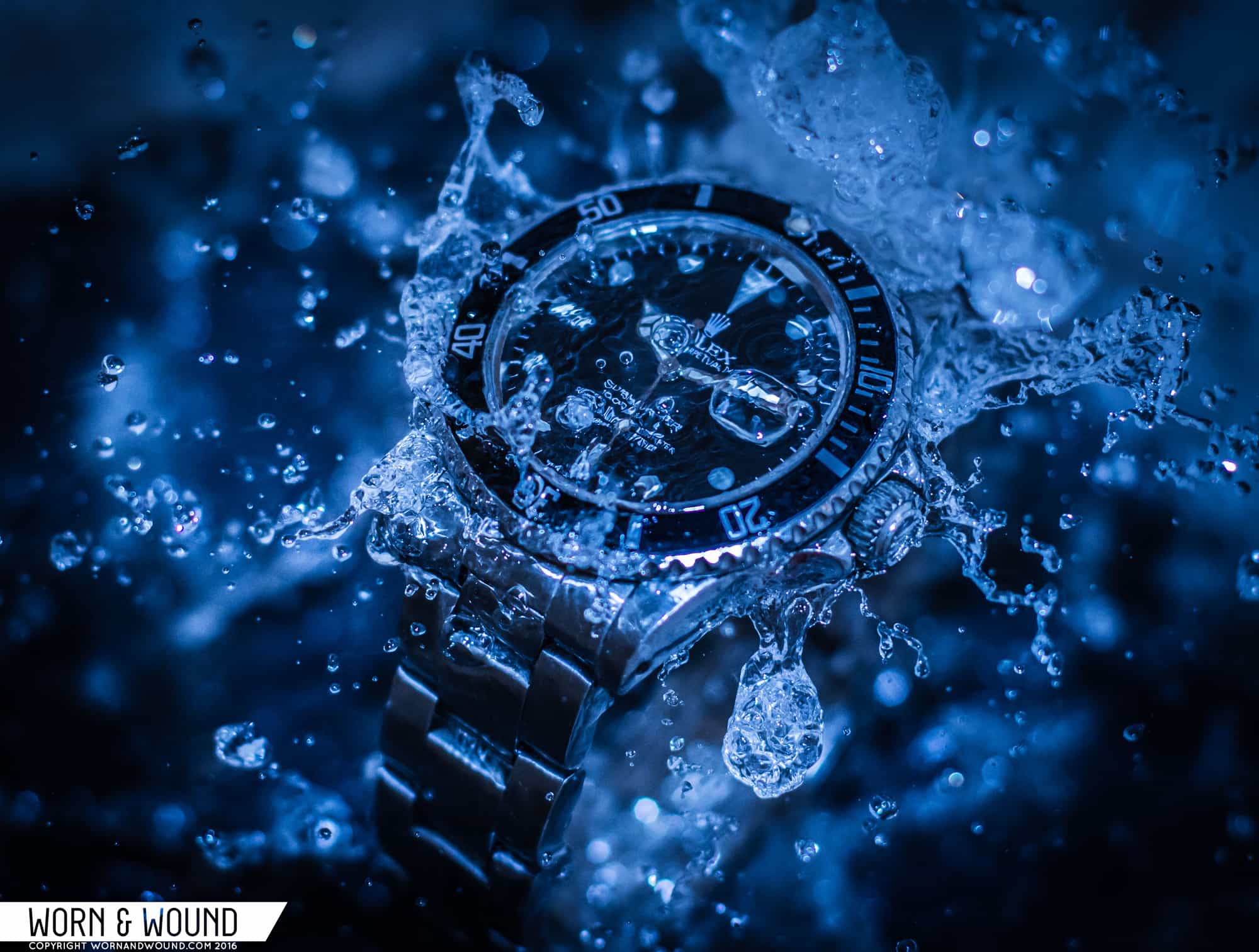In the first installment of Watch Photography 101, Hung kicked things off with a primer on the basics of lighting. Today, we’re going to dig a little deeper and explore depth of field, exposure, macro photography and staging–things that will take your combined love of watches and photography to the next level.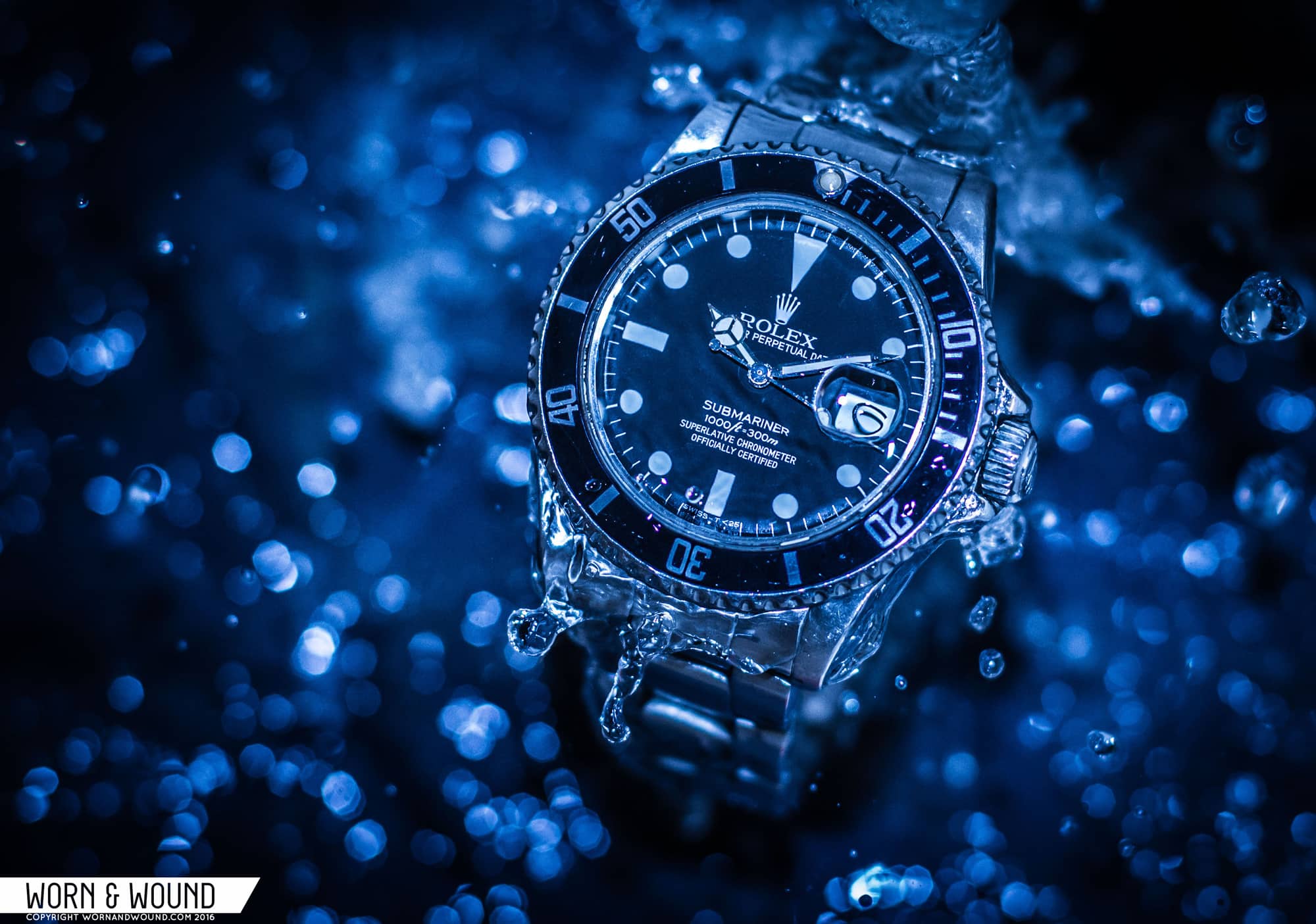
Depth of Field
Other than lighting, depth of field is one of the most important things one can master in photography. But what is depth of field? To explain it simply, the depth of field is the zone of sharpness within an image. As you’ll see in most photographs, there is usually one subject or area that is sharp. This is meant to be the focal point. The areas surrounding this, be they in front of the subject or behind it, are generally out of focus. Take a look at the image below to see this in action.
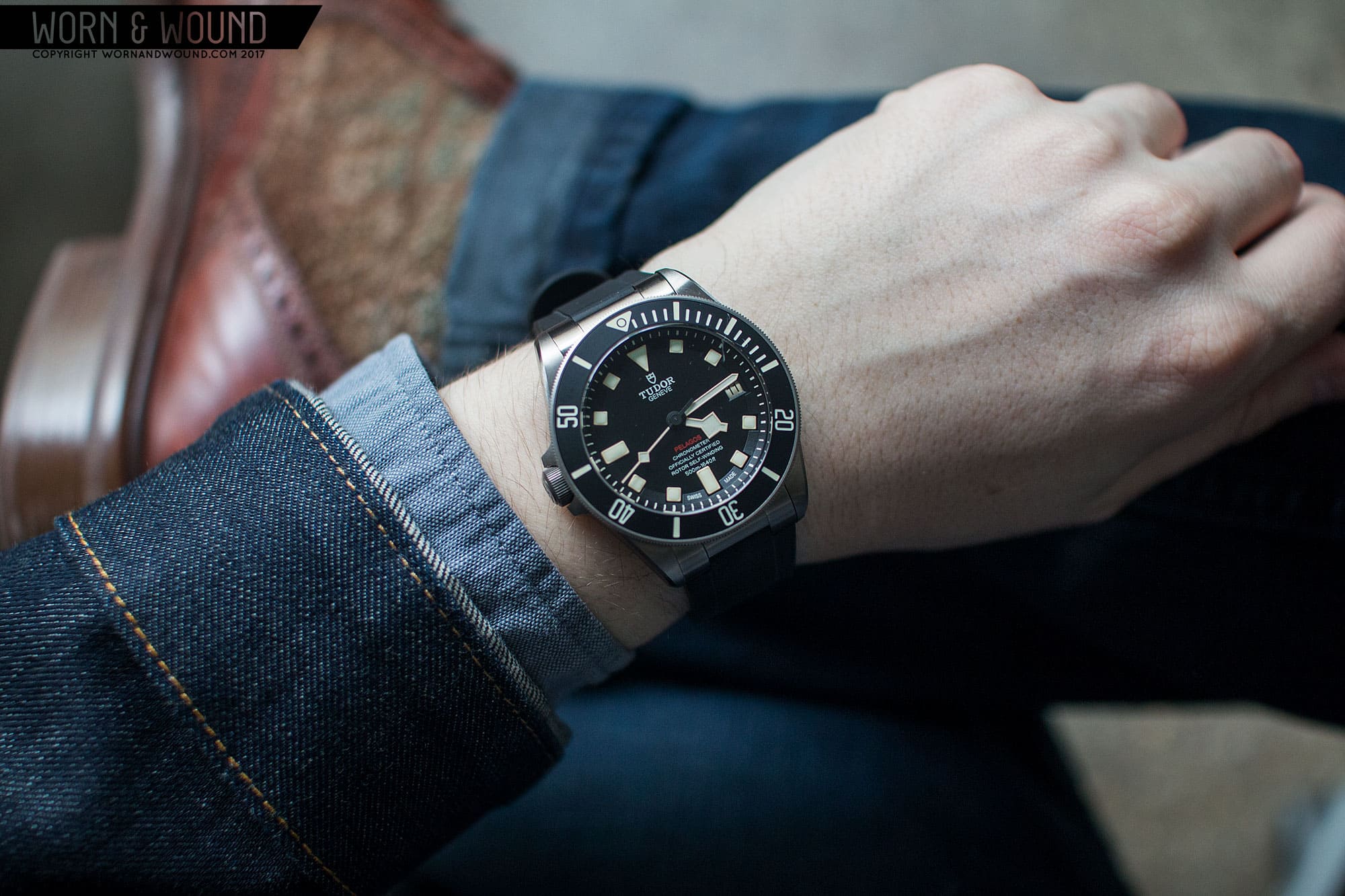
As you can see, the watch and arm are in sharp focus, while the rest of the image behind that is visibly softer (if there were also something closer to the camera in the shot, it too would be noticeably softer). This area of focus represents the depth of field, and in the example of the above photo, it is relatively shallow (shallow focus). If the entire image were sharp, however, the depth of field would be described as being much deeper (deep focus).









 Featured Videos
Featured Videos




